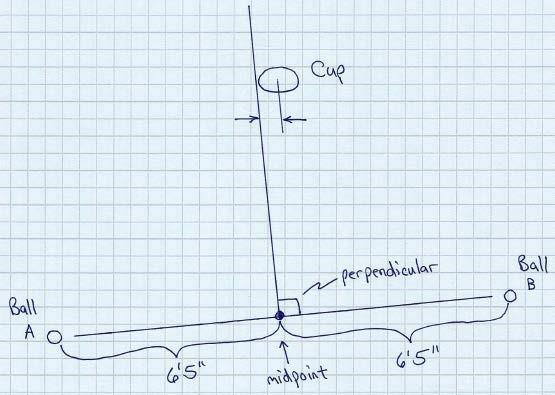**The Science Behind the Perfect Golf Swing**
The game of golf is often seen as a combination of skill, strategy, and precision. However, at its core, golf is much more than just hitting a ball with a club and aiming for a hole. In fact, the science behind the perfect golf swing involves complex mathematical principles, specifically geometry and kinematics, that can significantly impact a player’s performance on the course.
**Geometry in Golf**
Geometry plays a crucial role in understanding the optimal angles and positions required to execute a successful golf swing. When a golfer addresses the ball, the alignment of their body, club, and target forms a geometric configuration that directly influences the trajectory of the shot. For instance, the angle of the clubface at impact, known as the clubface loft, determines the initial launch angle of the ball.
Moreover, the concept of swing plane in golf geometry refers to the ideal path that the club should follow during the swing. By visualizing this plane as a two-dimensional surface, golfers can analyze their swing motion and adjust their technique to maintain a consistent path for more accurate shots. Understanding the geometric principles behind the golf swing allows players to optimize their movements and enhance their overall performance on the course.
**Kinematics and Motion Analysis**
Kinematics, the branch of physics that studies motion without considering the forces involved, provides invaluable insights into the mechanics of a golf swing. By analyzing key parameters such as club speed, acceleration, and path, kinematic data can reveal the efficiency and effectiveness of a player’s swing technique.
Motion analysis technology, such as high-speed cameras and 3D motion capture systems, allows golfers and coaches to track and measure various aspects of the swing in real time. By collecting precise data on club and body movements, golfers can identify areas for improvement and make targeted adjustments to enhance their swing mechanics.
**The Interplay Between Geometry and Kinematics**
The synergy between geometry and kinematics in golf is evident in the relationship between body positioning, club dynamics, and ball flight. By combining geometric principles with kinematic analysis, players can fine-tune their swing mechanics to achieve optimal launch conditions and consistent ball control.
For example, adjusting the angle of the clubface relative to the swing plane can influence the spin rate and curvature of the ball flight. By understanding the geometric and kinematic factors that govern these variables, golfers can tailor their swing technique to produce desired shot outcomes with greater accuracy and consistency.
In conclusion, the science behind the perfect golf swing encompasses a blend of geometry and kinematics that govern the dynamics of club-ball interaction and motion. By applying these principles effectively, golfers can elevate their performance and unlock their full potential on the course. Mastering the intricate relationship between geometry and kinematics is key to achieving a more precise, powerful, and consistent golf swing.
